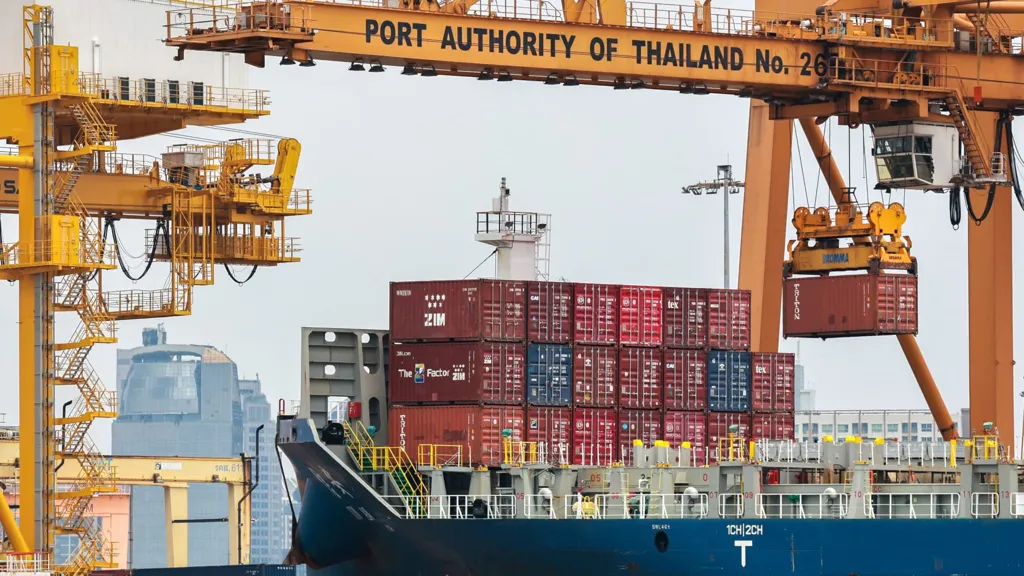Cargo ships in Bangkok, Thailand, on April 3, 2025.Athit Perawongmetha | Reuters
Many companies had been steadily reducing their reliance on China as a manufacturing hub since President Donald Trump's first term, hoping to blunt the impact of punitive levies from the United States. Then his latest "reciprocal" tariffs came along.
Trump's move to impose tariffs on goods on a broader swathe of countries is now putting those diversification plans in disarray and leaving companies scrambling to decide where and how their goods are produced.
Steve Greenspon, CEO of Illinois-based houseware company Honey-Can-Do International, started moving more of his production from China to Vietnam during Trump's first presidential term. The company supplies household durables such as shelving units, coat hangers and laundry hampers to U.S. retail giants such as Walmart, Target and Amazon.
The company relied on Chinese suppliers for as much as 70% of its products before Trump's first term. That share has since fallen to less than a third as Vietnam and Taiwan have become increasingly important as sourcing destinations.
News of high tariffs on Taiwan and Vietnam stings, given the significant investments made, Greenspon said.
"It's crushing to our company. It is disappointing. It is saddening. It's frustrating," Greenspon said.
"As a U.S.-based company, this is incredibly hurtful that our own government is doing this to us," he said, noting that moving production back to the U.S. is not an option, given high labor costs and the absence of the requisite infrastructure.
The tariffs will only force businesses to charge higher prices from consumers, eventually making these products' pricing less competitive, he said.
Trump's trade war with China in his first term fueled the "China Plus One" strategy, which saw many manufacturers shift part of their production away from China to other Asian countries with lower labor costs and moderate tariff risks from the U.S.
But after Trump's latest announcement of a much broader tariff regime -- including a minimum 10% baseline tariff on all countries and much higher tariff rates on certain Asian economies -- firms that adhered to "China Plus One" may be forced to reevaluate their options.
"The 'China Plus One' strategy has been severely undercut by Trump's tariffs that have by now encompassed every U.S. trading partner," Eswar Prasad, professor of international trade and economics at Cornell University, told CNBC.
"The viability of rerouting output and restructuring supply chains through countries such as Vietnam and India, with whom the U.S. had more constructive trading relationships, has been shattered by the latest round of tariffs," he added.
India and Vietnam were two major beneficiaries of that shift away from China, particularly in the apparel and consumer electronics sectors. American tech giant Apple, for example, has been producing more products in both countries.
Imports from India, Vietnam and Taiwan are now hit with additional levies totaling 26%, 46% and 32%, respectively. A punitive 104% tariff on China also took effect Wednesday.
According to Prasad, the high level of tariffs imposed on U.S. imports from China means that there is still an advantage in routing supply chains through countries subject to relatively lower tariffs.
"However, the entire logic underpinning global supply chains as a means to cut costs and improve efficiency has been decimated by tariffs," he said, adding that it will substantially add to the costs of maintaining 'lean and mean supply chains' that cross national borders, often many times over.
